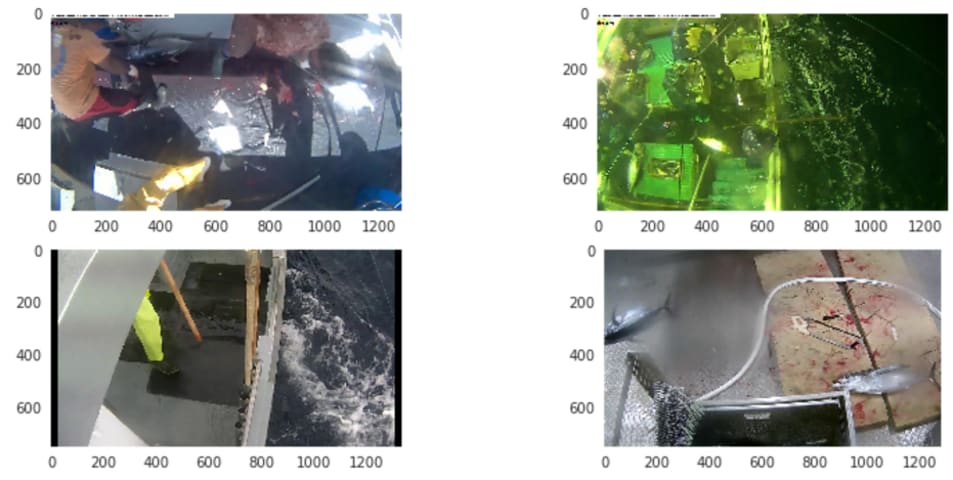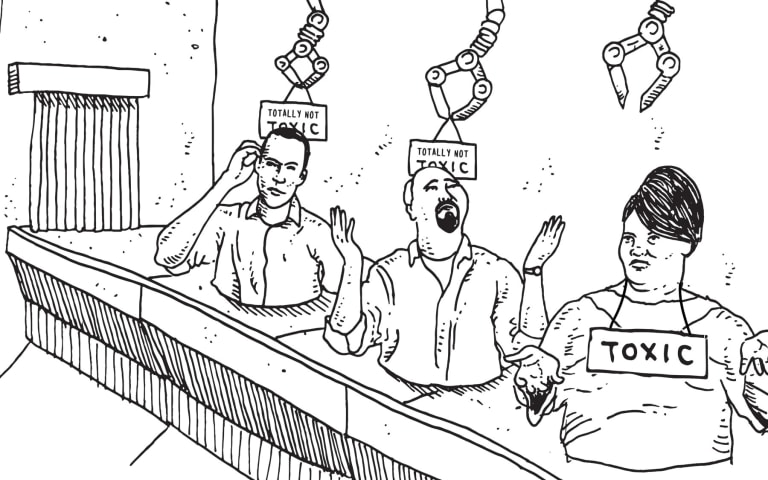Description: In the “The Nature Conservancy Fisheries Monitoring” competition on the data science competition website Kaggle, a number of competitors overfit their image classifier models to a poorly representative validation data set.
Entités
Voir toutes les entitésPrésumé : Un système d'IA développé et mis en œuvre par Individual Kaggle Competitors, endommagé Individual Kaggle Competitors.
Statistiques d'incidents
ID
61
Nombre de rapports
1
Date de l'incident
2017-05-01
Editeurs
Sean McGregor
Applied Taxonomies
Classifications de taxonomie CSETv0
Détails de la taxonomieProblem Nature
Indicates which, if any, of the following types of AI failure describe the incident: "Specification," i.e. the system's behavior did not align with the true intentions of its designer, operator, etc; "Robustness," i.e. the system operated unsafely because of features or changes in its environment, or in the inputs the system received; "Assurance," i.e. the system could not be adequately monitored or controlled during operation.
Robustness
Physical System
Where relevant, indicates whether the AI system(s) was embedded into or tightly associated with specific types of hardware.
Software only
Level of Autonomy
The degree to which the AI system(s) functions independently from human intervention. "High" means there is no human involved in the system action execution; "Medium" means the system generates a decision and a human oversees the resulting action; "low" means the system generates decision-support output and a human makes a decision and executes an action.
Low
Nature of End User
"Expert" if users with special training or technical expertise were the ones meant to benefit from the AI system(s)’ operation; "Amateur" if the AI systems were primarily meant to benefit the general public or untrained users.
Expert
Public Sector Deployment
"Yes" if the AI system(s) involved in the accident were being used by the public sector or for the administration of public goods (for example, public transportation). "No" if the system(s) were being used in the private sector or for commercial purposes (for example, a ride-sharing company), on the other.
No
Data Inputs
A brief description of the data that the AI system(s) used or were trained on.
Images captured on fishing boats
Classifications de taxonomie CSETv1
Détails de la taxonomieIncident Number
The number of the incident in the AI Incident Database.
61
Classifications de taxonomie CSETv1_Annotator-1
Détails de la taxonomieIncident Number
The number of the incident in the AI Incident Database.
61
Classifications de taxonomie CSETv1_Annotator-2
Détails de la taxonomieIncident Number
The number of the incident in the AI Incident Database.
61
Rapports d'incidents
Chronologie du rapport

medium.com · 2017
- Afficher le rapport d'origine à sa source
- Voir le rapport sur l'Archive d'Internet
Ce que j'ai appris du concours de pêche de Kaggle
Gidi Shperber Bloqué Débloquer Suivre Suivant 1 mai 2017
TLDR :
Mon partenaire Kaggle et moi avons récemment participé au concours Kaggle "The Nature Conservancy Fisheries Monitoring" (ci-ap…
Variantes
Une "Variante" est un incident qui partage les mêmes facteurs de causalité, produit des dommages similaires et implique les mêmes systèmes intelligents qu'un incident d'IA connu. Plutôt que d'indexer les variantes comme des incidents entièrement distincts, nous listons les variations d'incidents sous le premier incident similaire soumis à la base de données. Contrairement aux autres types de soumission à la base de données des incidents, les variantes ne sont pas tenues d'avoir des rapports en preuve externes à la base de données des incidents. En savoir plus sur le document de recherche.
Incidents similaires
Did our AI mess up? Flag the unrelated incidents

The DAO (organization)
· 24 rapports

Are you scared yet? Meet Norman, the psychopathic AI
· 28 rapports
Incidents similaires
Did our AI mess up? Flag the unrelated incidents

The DAO (organization)
· 24 rapports

Are you scared yet? Meet Norman, the psychopathic AI
· 28 rapports

